



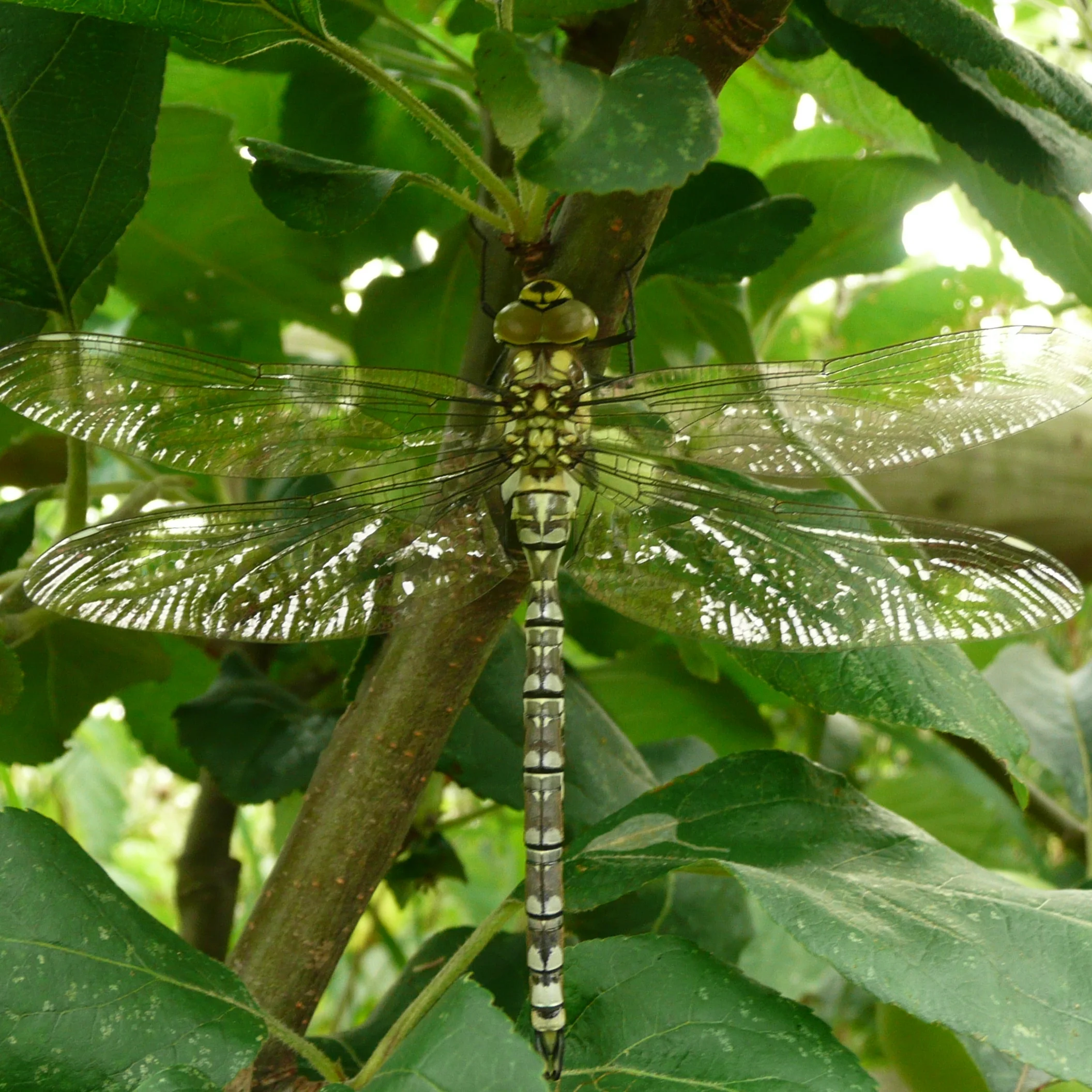
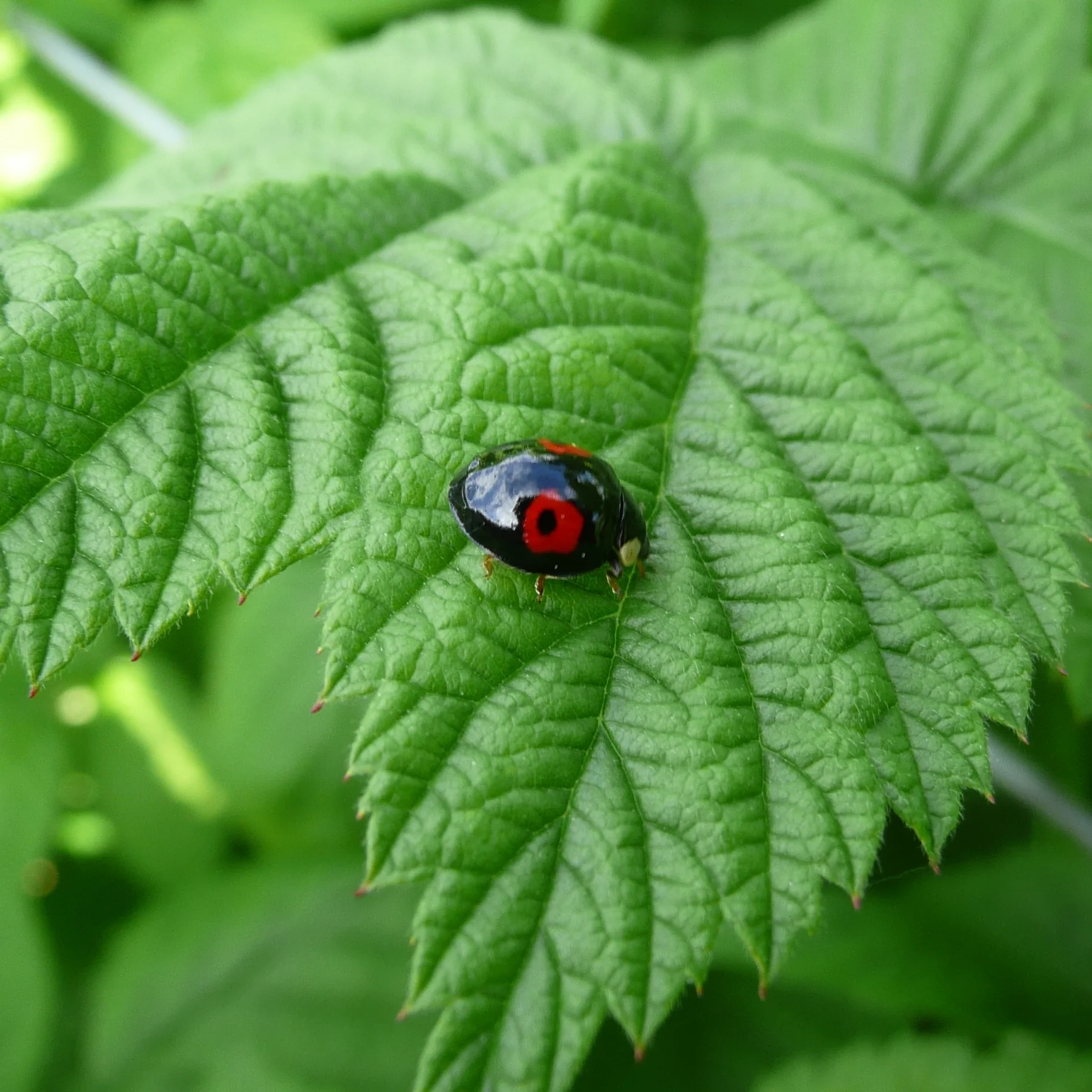
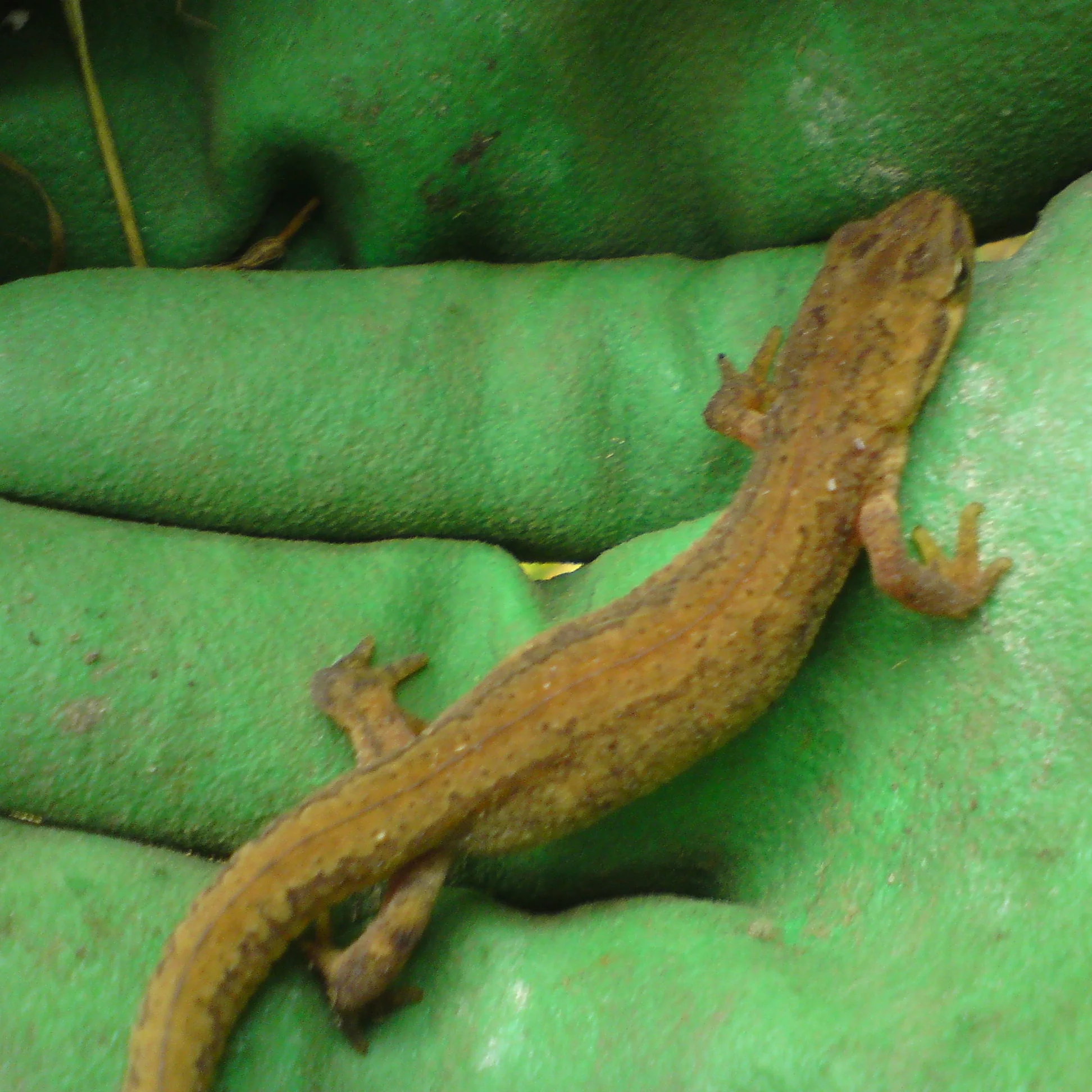
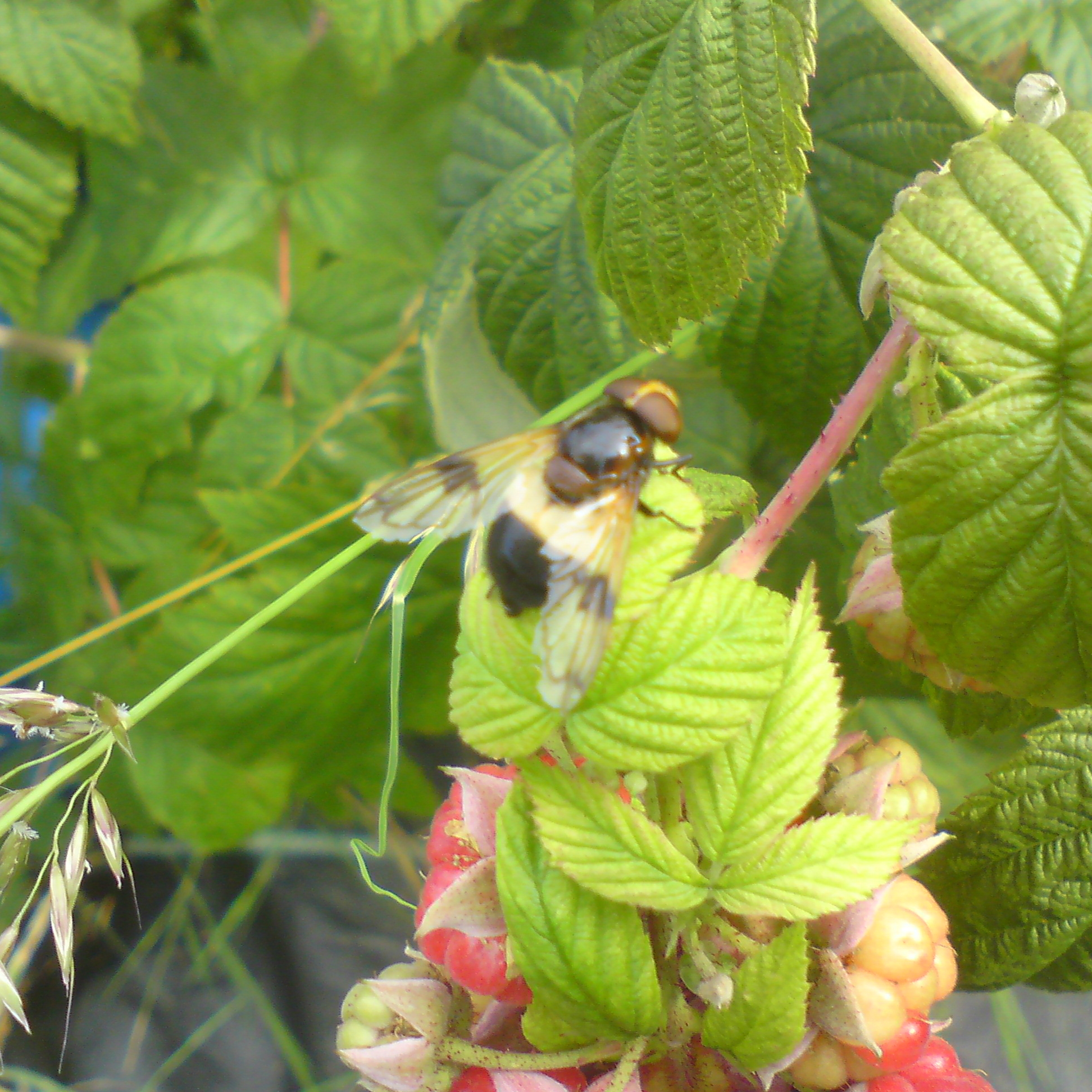
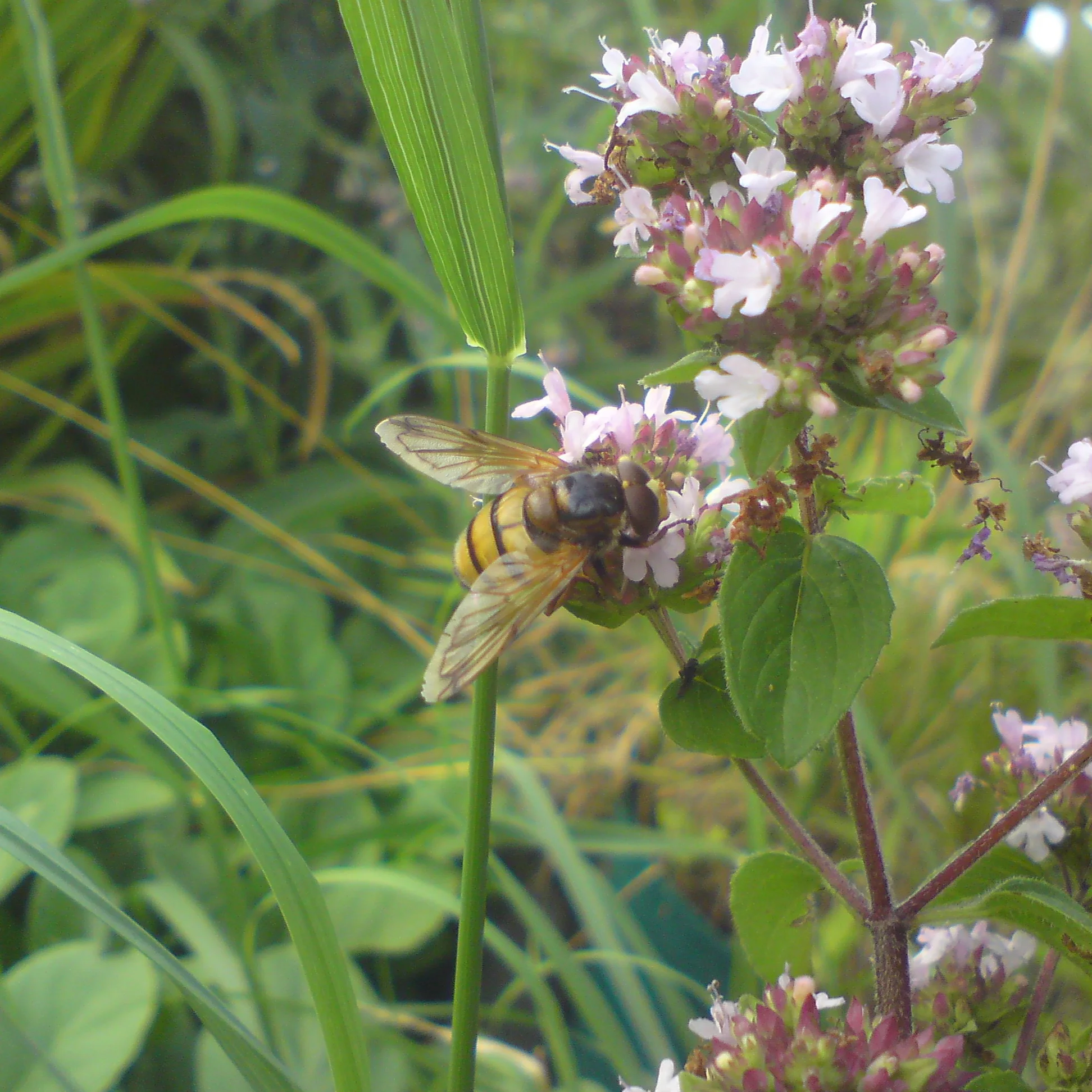
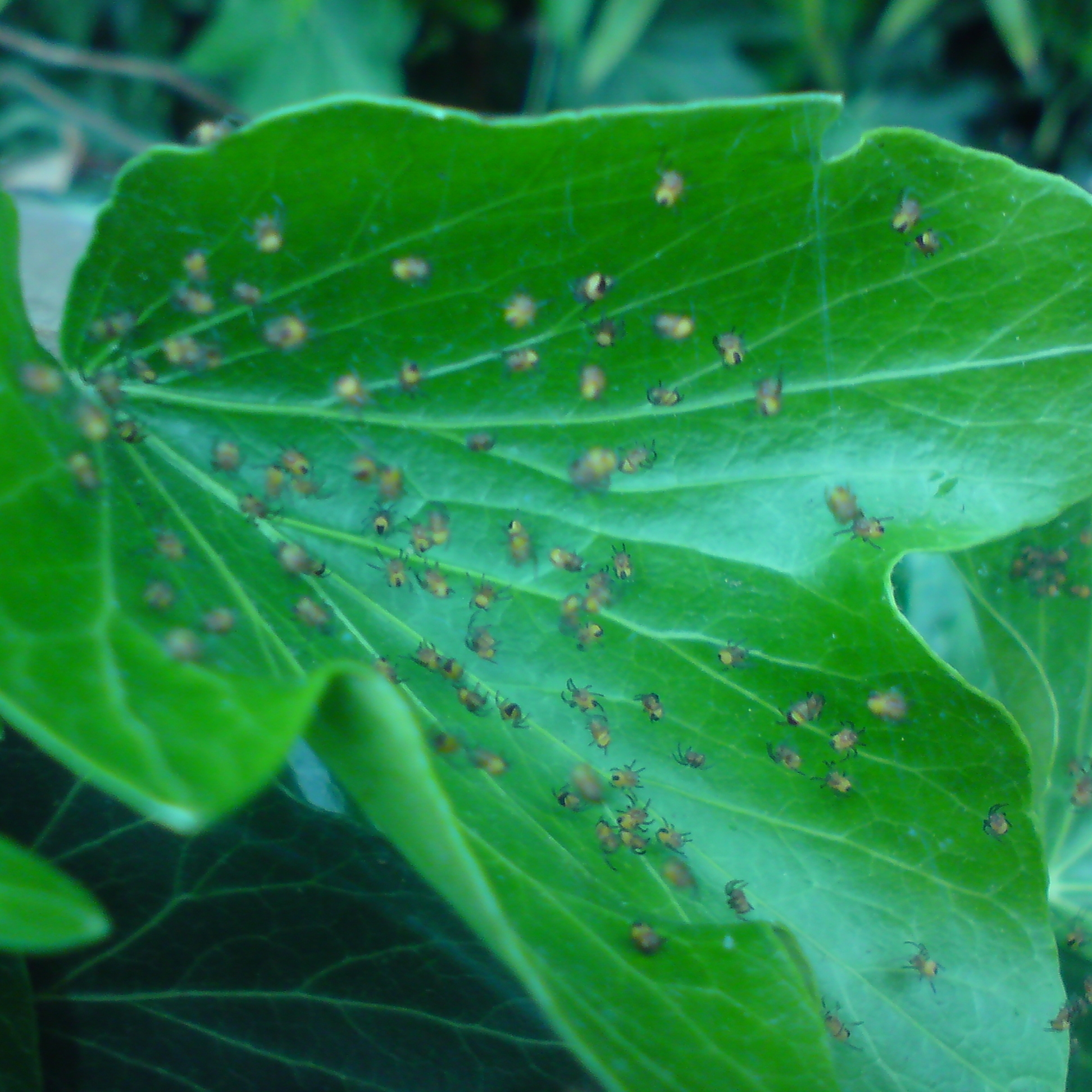
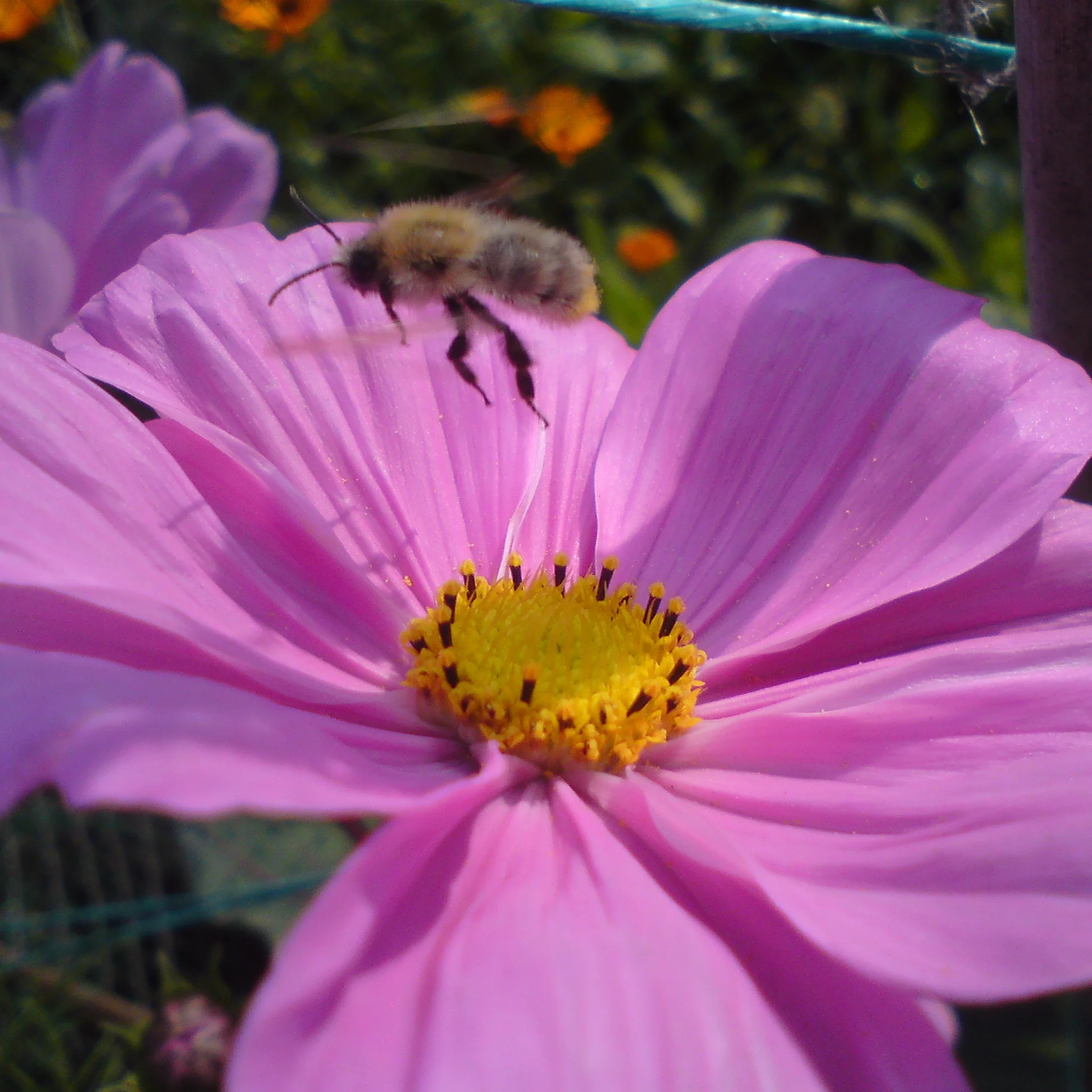
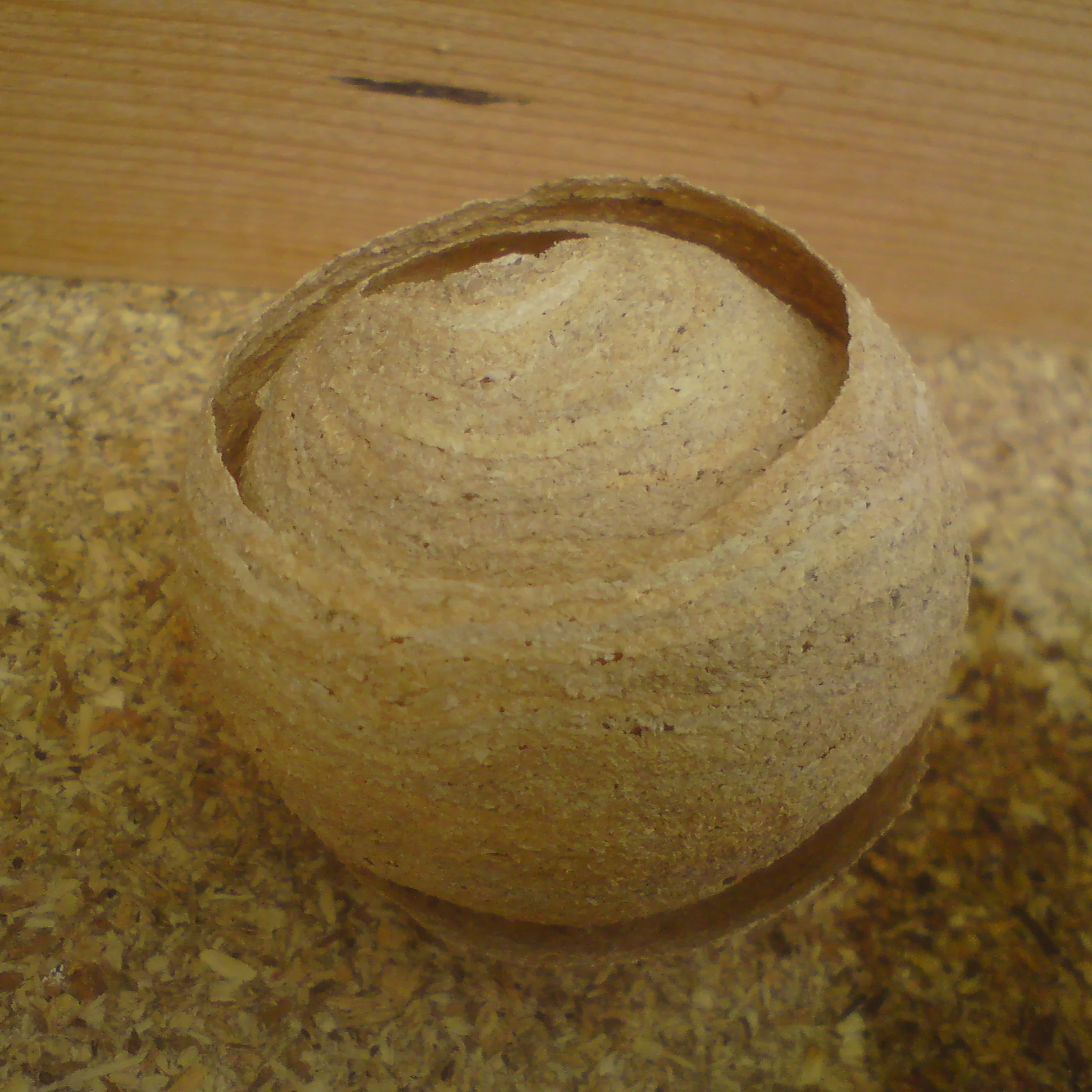
Your Custom Text Here
A selection of insects spotted on the allotment. If you know what what some of the un-named ones are precisely, please drop us a line as it would be nice to know.
A selection of insects spotted on the allotment. If you know what what some of the un-named ones are precisely, please drop us a line as it would be nice to know.
Damsel Fly on Simon's plot
Pic by Daniel Hackett
Adult rose chafer
Pic - Daniel Hacket
Comma Butterfly
The comma butterfly, so named after a comma shaped mark on the underside of the hind wing. It hibernates over winter. The larva feeds on nettle, hops or elm.
Pic - Simon
Lost property
This little thing wandered into the site today! Eventually found its owner who was visiting friends on Yeatman rd. Dog was called Wendy... Very sweet. Lovely how lots of plot holders rallied around to help. Thanks to Jeanine, Sean, Hannah & girls, Fiona & Dan, Simon & Karen!
Pic - Karen
Dragonfly
Ladybird - harlequin
H. axyridis conspicua an invasive species.
For more info see: http://www.harlequin-survey.org/
Newt
Some kind of mimic fly
That dang fly again, perhaps
Several spiders
Bee on the wing above cosmos
Wasp's nest
... brand new by the looks of it; only one wasp emerged as we diligently removed it.
"... the beginning of the creation of a wasps nest. The queen wasp will chew wood pulp to create the first cells in which to lay eggs. The colony may gradually increase the size of the nest to the diameter of a football adding further layers of wood pulp. Only newly raised queens will survive the winter to start the process again"